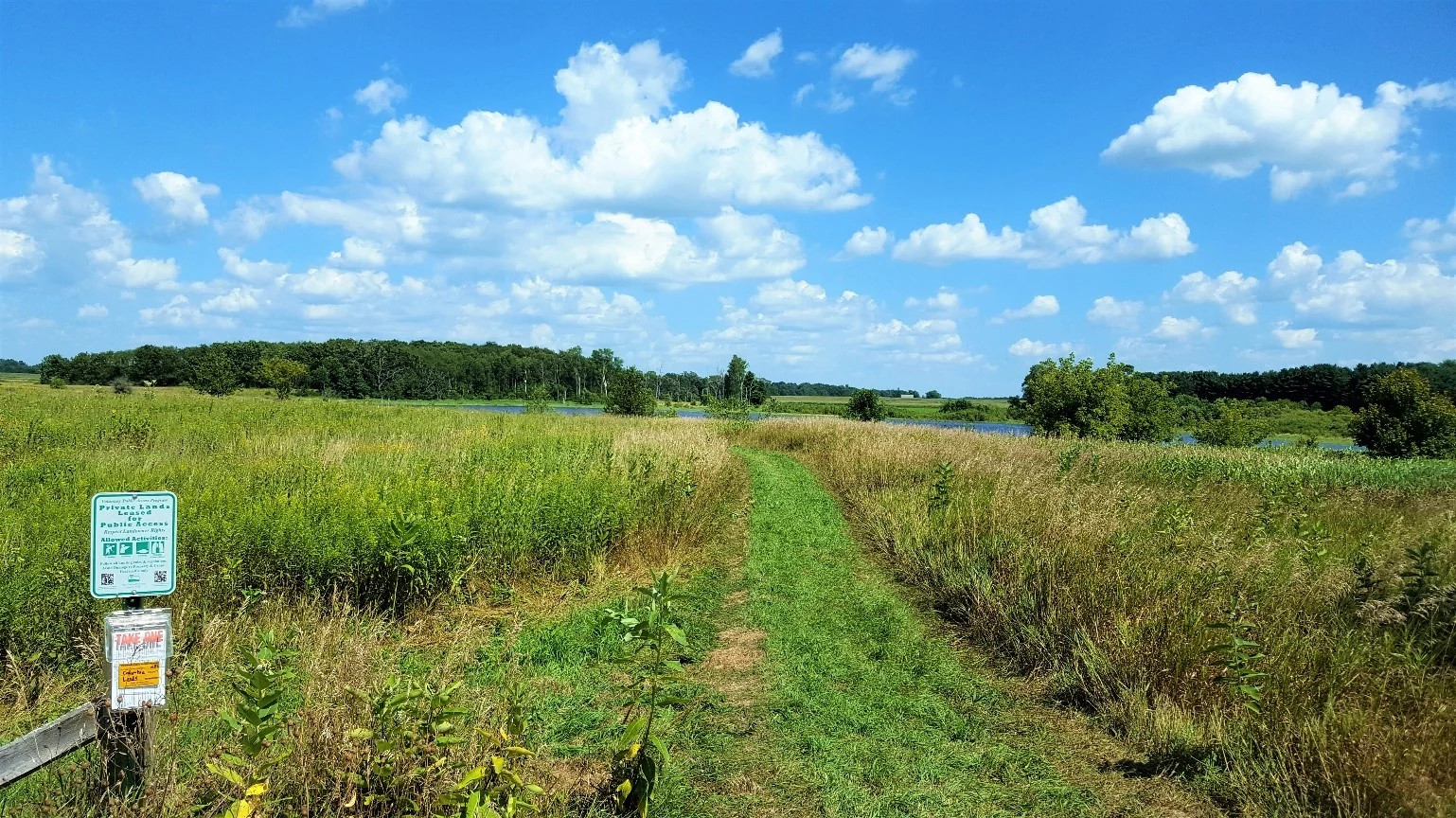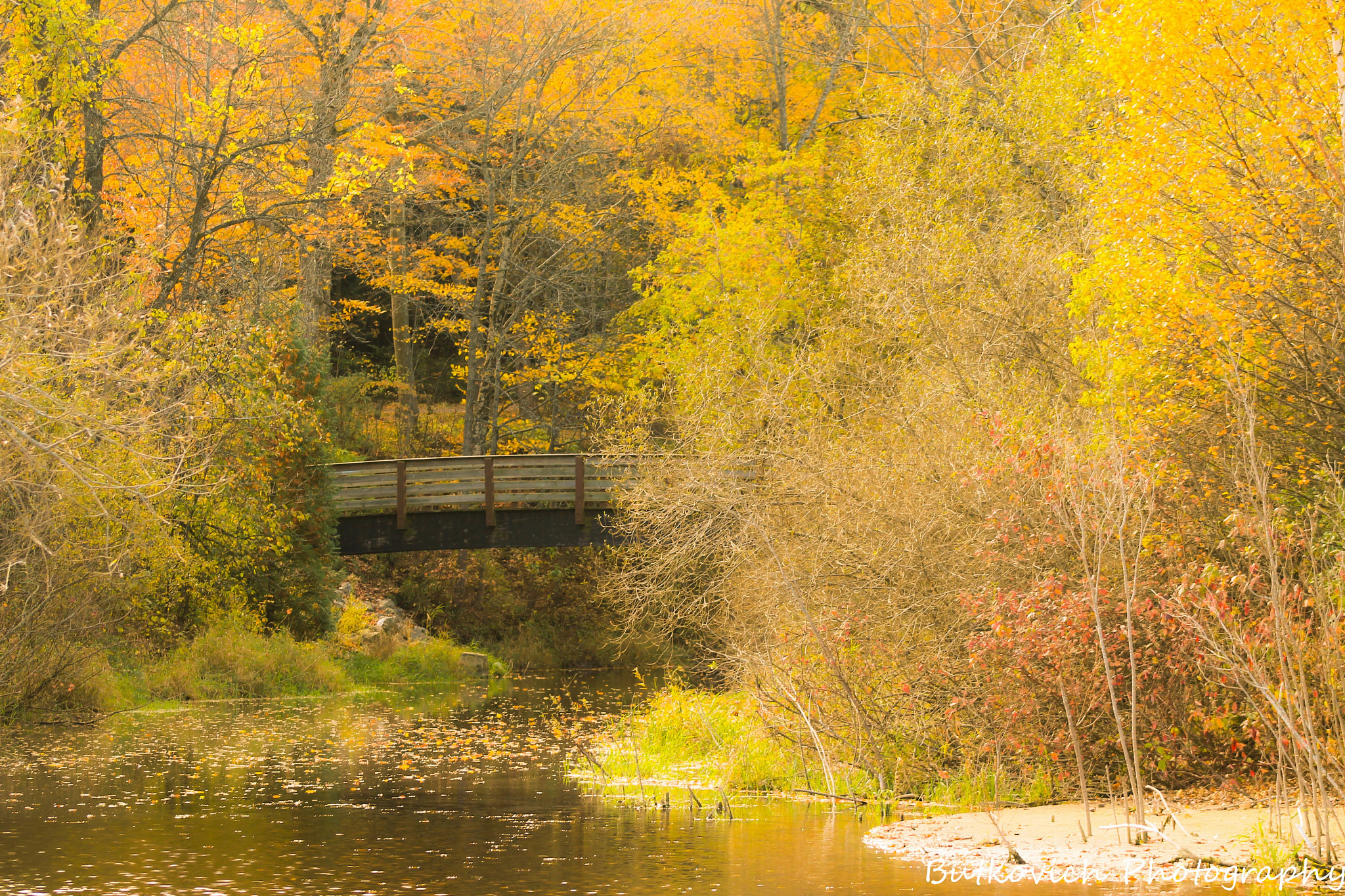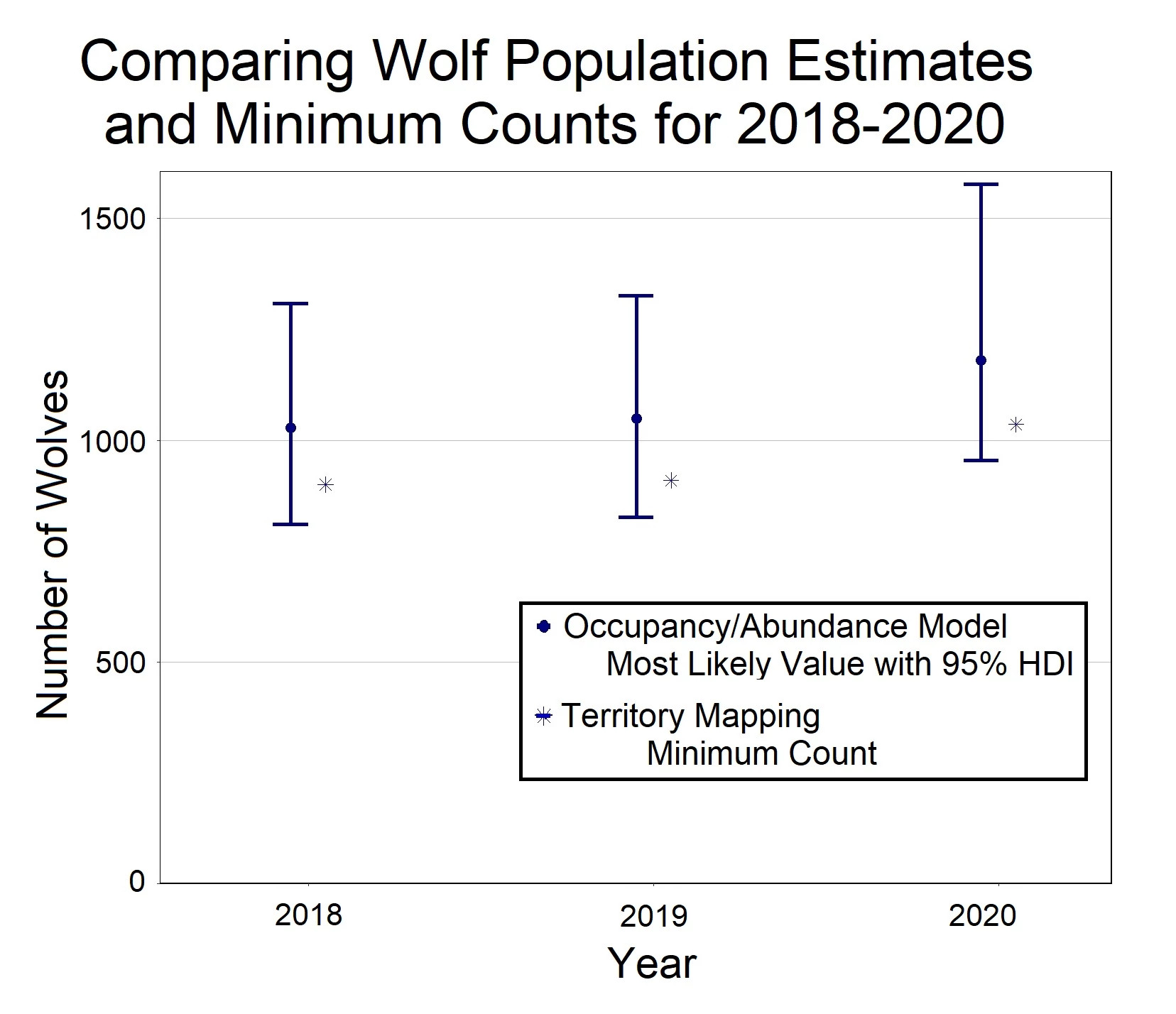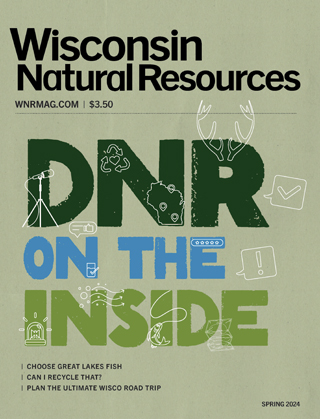Newsroom
About/General | Recreation | Outdoor Recreation
Enrollment Open For Landowners To Provide Public Access To Private Lands In Wisconsin
The Wisconsin Department of Natural Resources has received $1.9 million dollars for continued funding of the Voluntary Public Access and Habitat Incentive Program (VPA-HIP) and Turkey Hunting Access Program (THAP). Funds were authorized under the 2018 Farm Bill and are administered and provided by the U.S. Department of Agriculture's (USDA) Natural Resources Conservation Service (NRCS).
About/General | Recreation | News
The Show Must Go On: Annual Fall Color Extravaganza Beginning In Northwoods
The extravaganza of colors in Wisconsin’s forests is one show that is undeterred by the pandemic. The annual display is beginning now.
About/General | Public Health | Water Use
Environmental Review Of The Village of Cambridge Project For The Safe Drinking Water Loan Program
The Village of Cambridge is an applicant for funding through the SDWLP to address deficiencies in their public drinking water system. The project includes the rehabilitation of the Village's standby well, replacing the old wood frame pumphouse and installing iron filters, softening equipment, chlorination equipment and fluoridation equipment.
DNR Notified Of Possible Separate Contamination Issue At Marinette Facility That Has Paused PFAS Treatment
The Wisconsin Department of Natural Resources is investigating a separate contamination issue found in one of the ditches downstream of the JCI/Tyco Fire Technology Center in Marinette, Wisconsin.
A New Method To Count Wolves, A Better Fit For Wisconsin
Extensive survey efforts conducted by the Wisconsin Department of Natural Resources (DNR), tribal biologists and more than 100 trained citizen volunteers indicate an increase in Wisconsin’s wolf population from last year. This increase follows two years of steady abundance estimates and was measured in both the long-standing territory mapping method and the department’s new occupancy-based model, which will provide a more robust estimate of the state’s wolf population for years to come.
Need an expert?
- The Office of Communications connects journalists with DNR experts on a wide range of topics. For the fastest response, please email DNRPress@Wisconsin.gov and the first available public information officer will respond to you.




